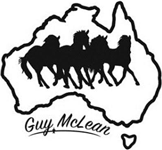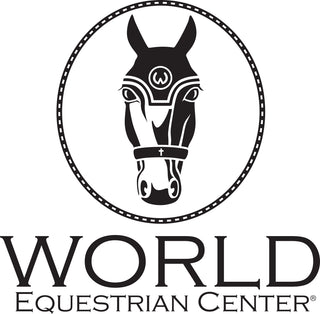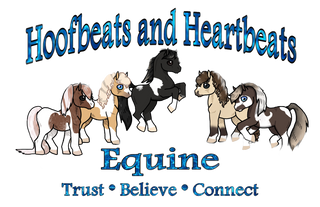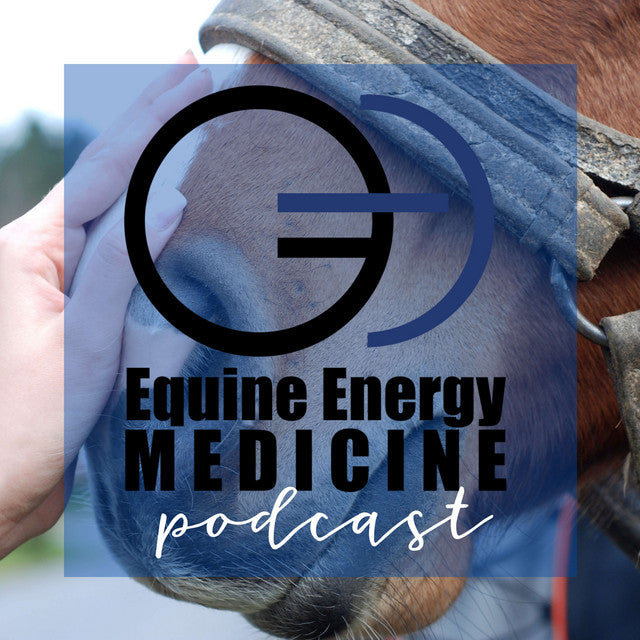
Are your pastures patchy in spring, overrun by weeds in summer, or soggy and unsafe in wet seasons? As a horse owner in the U.S. or Canada, you face seasonal challenges year-round.
But with smart planning and simple habits, your pasture can stay lush and safe and you’ll reduce feeding costs and health risks.
This guide offers easy-to-follow seasonal pasture maintenance tips for North American climates.
You’ll learn spring prepping, summer grazing management, fall recovery, winterizing, manure strategies and why Paddock Blade is one of the best tools you can invest in.
Seasonal Pasture Maintenance Tips for North American Climates
Spring brings rapid growth and weeds, summer brings drought stress and overgrazing, fall needs recovery, and winter risks mud and compaction. Regional differences, from northern Canada’s shorter growing season to southern U.S. heat, mean each season requires tailored pasture maintenance.
Why Pasture Maintenance Matters for Horses
Well‑managed pasture supports good grazing nutrition, reduces mud and mud‑related hoof issues, limits parasite load, and minimizes need for supplemental hay. Horses thrive on safe, even footing and clean forage.
Spring Pasture Preparation Tips
As snow melts, it's time to refresh your land. Rake away debris and assess winter damage. Aerate any compacted zones and spread lime or fertilizer based on a soil test. Overseed any bare patches to maintain good groundcover before weed season kicks in. Light grading of uneven areas now will pay off later.
Early Weed Control Strategies
Spring weeds like thistles and dandelions can quickly take over if left unchecked. Mow early and consider spot spraying before they seed. Keeping grasses thick and healthy is your best defense, thin areas invite weeds. Hand-pull problem patches or spot treat as needed.
Reseeding and Overseeding Essentials
Choose cool-season grasses appropriate to your USDA zone. Overseed in spring or fall when soil moisture is high. For patchy areas, roughen the soil surface lightly with a harrow or rake before seeding. Firm soil and water regularly until seedlings are established.
Fertilization Guidelines for Spring
Apply a balanced fertilizer, like 10-10-10, based on your soil’s nutrient needs. Do this after your first mowing. Avoid applying fertilizer near water sources and keep horses off the pasture until rainfall helps nutrients absorb into the soil.
Summer Grazing Management
Rotate your paddocks to prevent overgrazing. Let tired pastures rest to recover root depth and density. Mow grasses before they go to seed to encourage regrowth. If areas become uneven from hoof wear, lightly level them during your maintenance rounds.
Managing Heat and Drought Stress
Drought conditions are common in summer, especially in southern regions. Use drought-tolerant grasses, minimize overgrazing, and consider supplemental irrigation if possible. Avoid letting horses graze too low, short grass struggles to regrow in dry conditions.
Effective Water Supply for Pastures
Clean water access is a must. Spread out water troughs to reduce traffic in any one area. Grade spots that hold standing water to avoid creating mud pits, especially near gates, troughs, and shelters.
Autumn Recovery and Soil Health
After the last grazing of the season, mow leftover forage and test your soil for fall lime or fertilizer needs. Overseed if grass is thin going into winter. Light grading and removal of organic debris will keep your soil ready for spring.
Mowing and Thatching Before Winter
Mow pastures to around 3 inches tall in late fall. Remove thatch or mats of old grass that could harbor pests or rot under snow. This encourages better spring growth and reduces disease risk.
Dealing with Mud in Wet Seasons
Spring thaw and heavy rains create slick, muddy zones. Avoid letting horses loaf in one area. Rotate turnout zones and improve drainage where possible by gently sloping the ground or adding footing like gravel or sand.
Manure Management Best Practices
Manure left on pasture invites flies, parasites, and nutrient overload. Remove it weekly or compost it properly. A well-maintained manure pile should be away from water sources and turned regularly for safe breakdown.
How and Where to Use a Paddock Blade Year-Round


Maintaining horse pastures year‑round in North American climates doesn’t have to be hard. With seasonal routines like aeration, overseeding, weed control, proper mowing, and mindful fertilization, you can improve pasture health and safety.
A Paddock Blade is a standout tool in this process. Versatile and affordable, it helps keep surfaces level, fills hoof holes, smooths transition zones, and manages debris efficiently. Choose a properly sized, well-built model and use it regularly.
Follow these seasonal pasture maintenance tips, and your horses will enjoy greener, healthier grazing all year. And you’ll spend less on hay, vet bills, and pasture rehab.
















































